
Zacky, a 13-year-old boy, has repeated Year 4 three times because he also needs to work to help support his family's income.

A head teacher stands inside a staff office that also serves as a library.
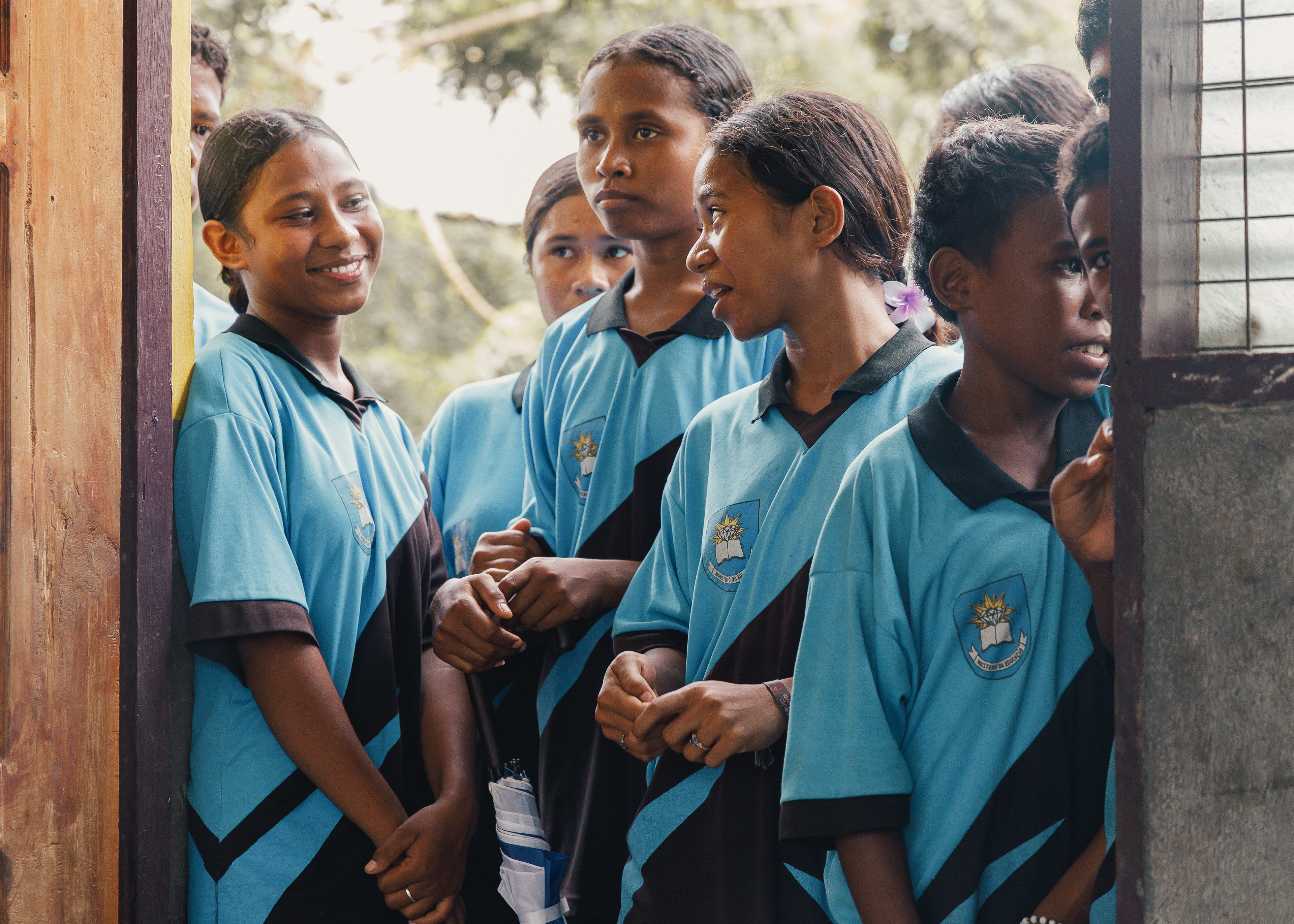
A few students are standing at the door, ready to enter the classroom, their expressions reflecting a strong spirit and eagerness to learn, despite the limitations of books, learning equipment, libraries, computers, and labs.

School chairs and tables in Timor-Leste are considered a luxury in many schools. When a school possesses them, they are treated with great care to ensure their durability for future generations, as such resources are extremely limited.

A knife for cock-fighting

Cockfighting is a traditional game still widely practiced in Timor-Leste. It has become an enduring part of community life, passed down through generations.
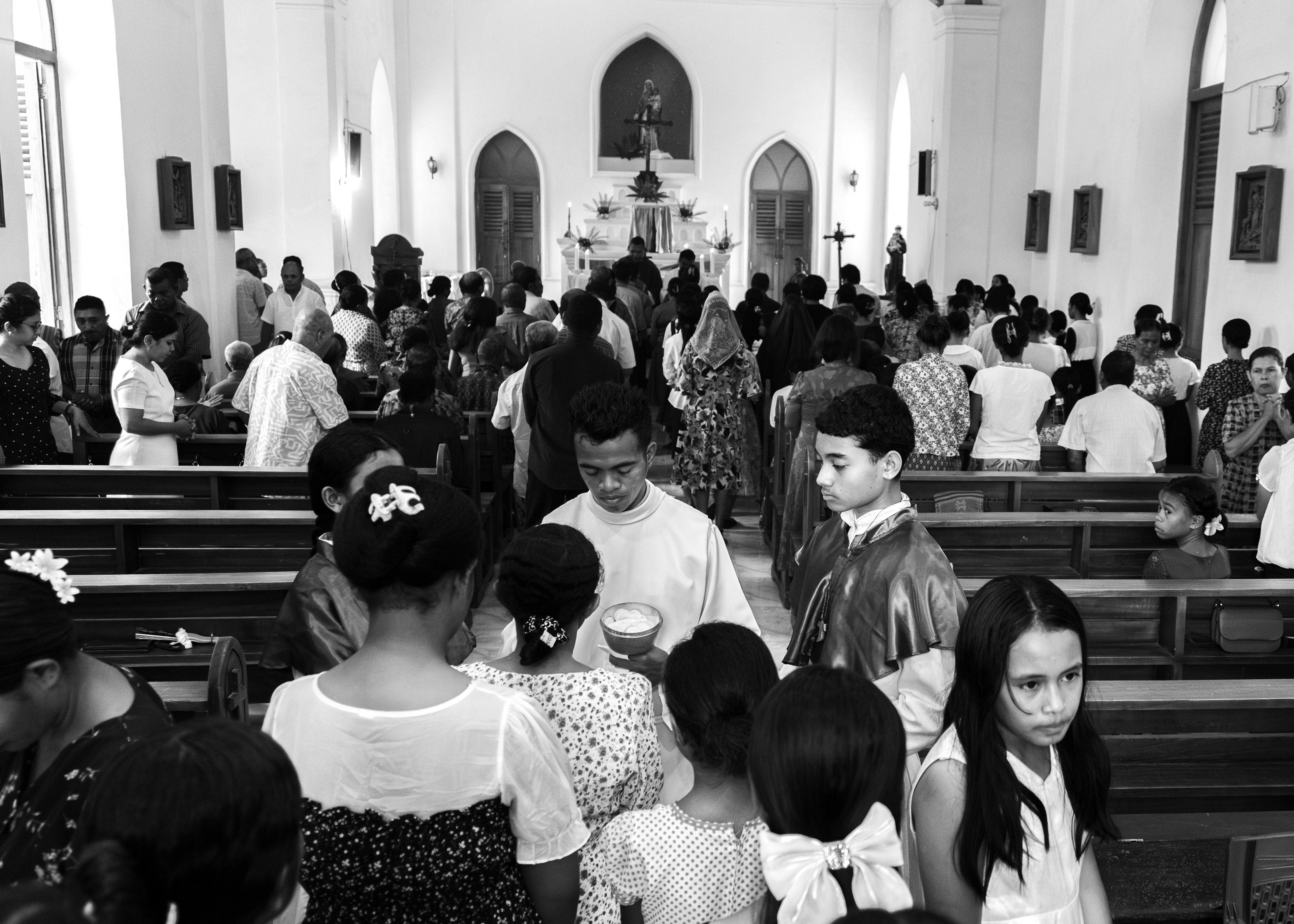
Sunday church services in Oecusse strongly reflect the local community's deep faith in Christianity

A parish priest, always joyful, leads his community with dedication, strengthening their faith and sense of unity.

The Atoni people of Oecusse never let go of their traditional garments, proudly wearing them as a symbol of their identity.

A man serving in the Navy prepares for the start of his next shift.
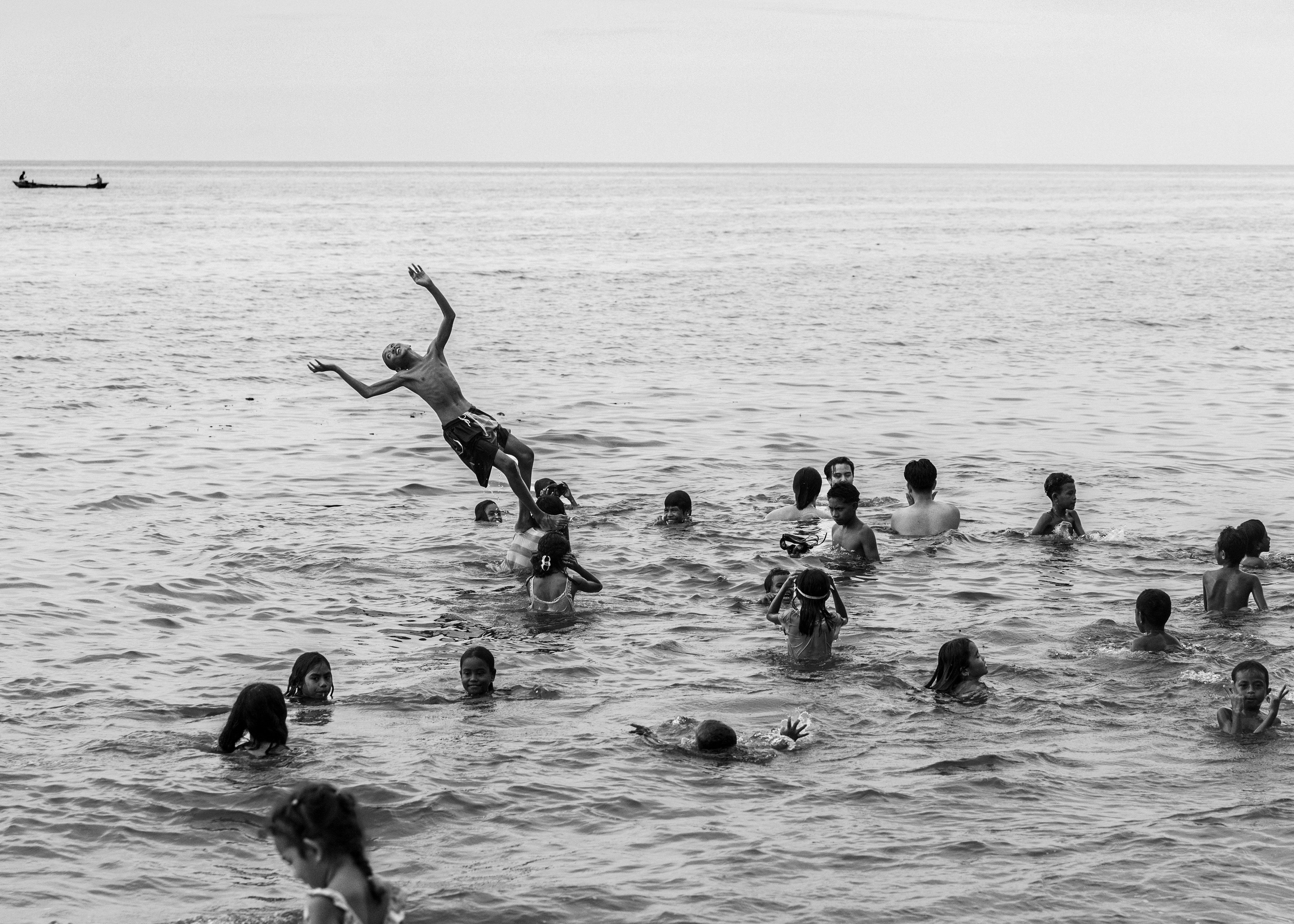
In Oecusse, the beaches have regular sand instead of white sand. Swimming is a daily activity, especially for those living by the coast, with children as young as five diving into the sea not just on weekends, but almost every day.
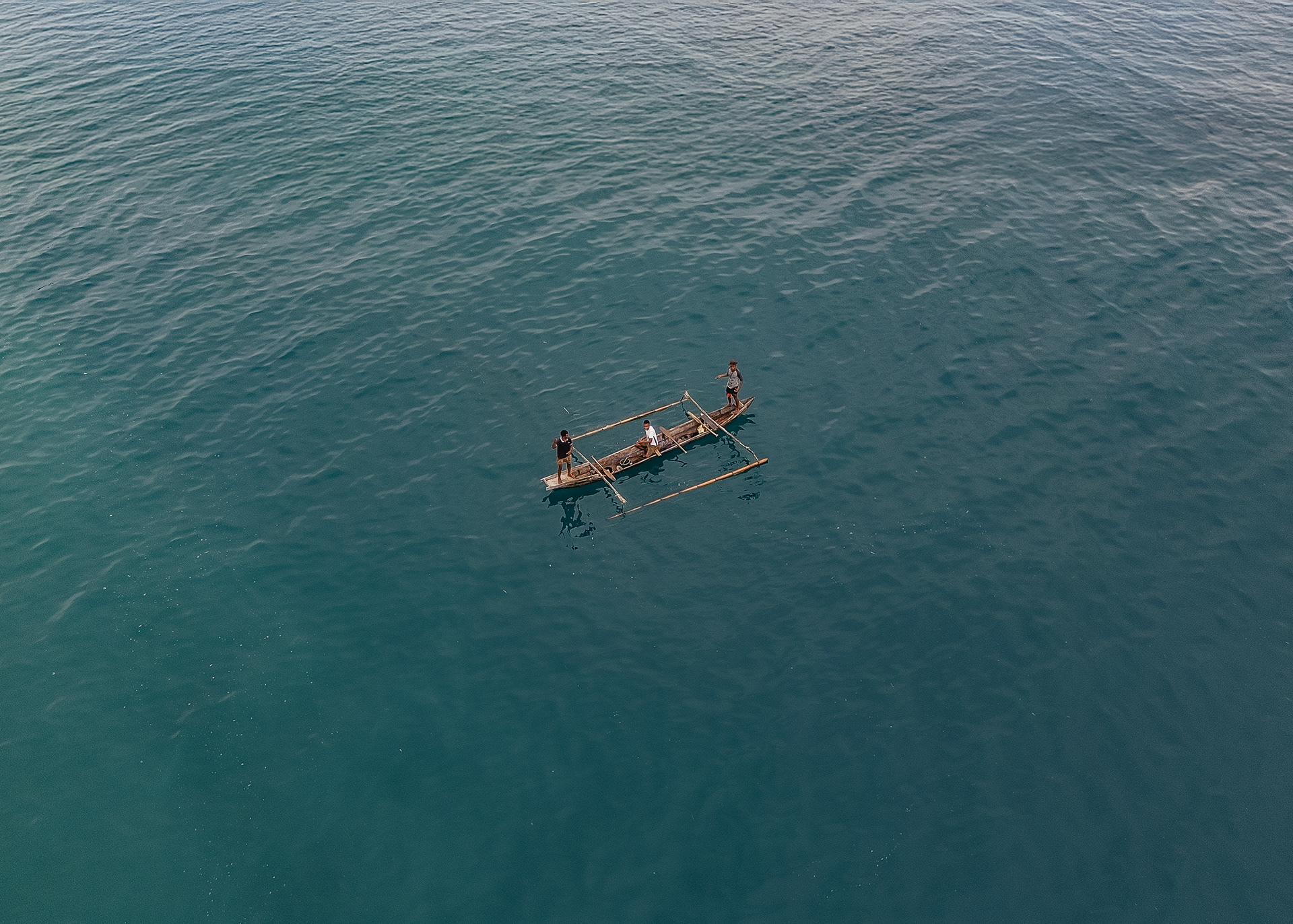
Eighty percent of the catch is for personal consumption, while 20 percent is sold, as there is no established fishmonger industry to connect with the market.

A fisherman docks his boat after returning from sea.

A farmer transports his harvest to the local market using a machine that processes rice straight from the field.

A boy stands at the doorstep of his home, which has been marked by the government for demolition due to development.
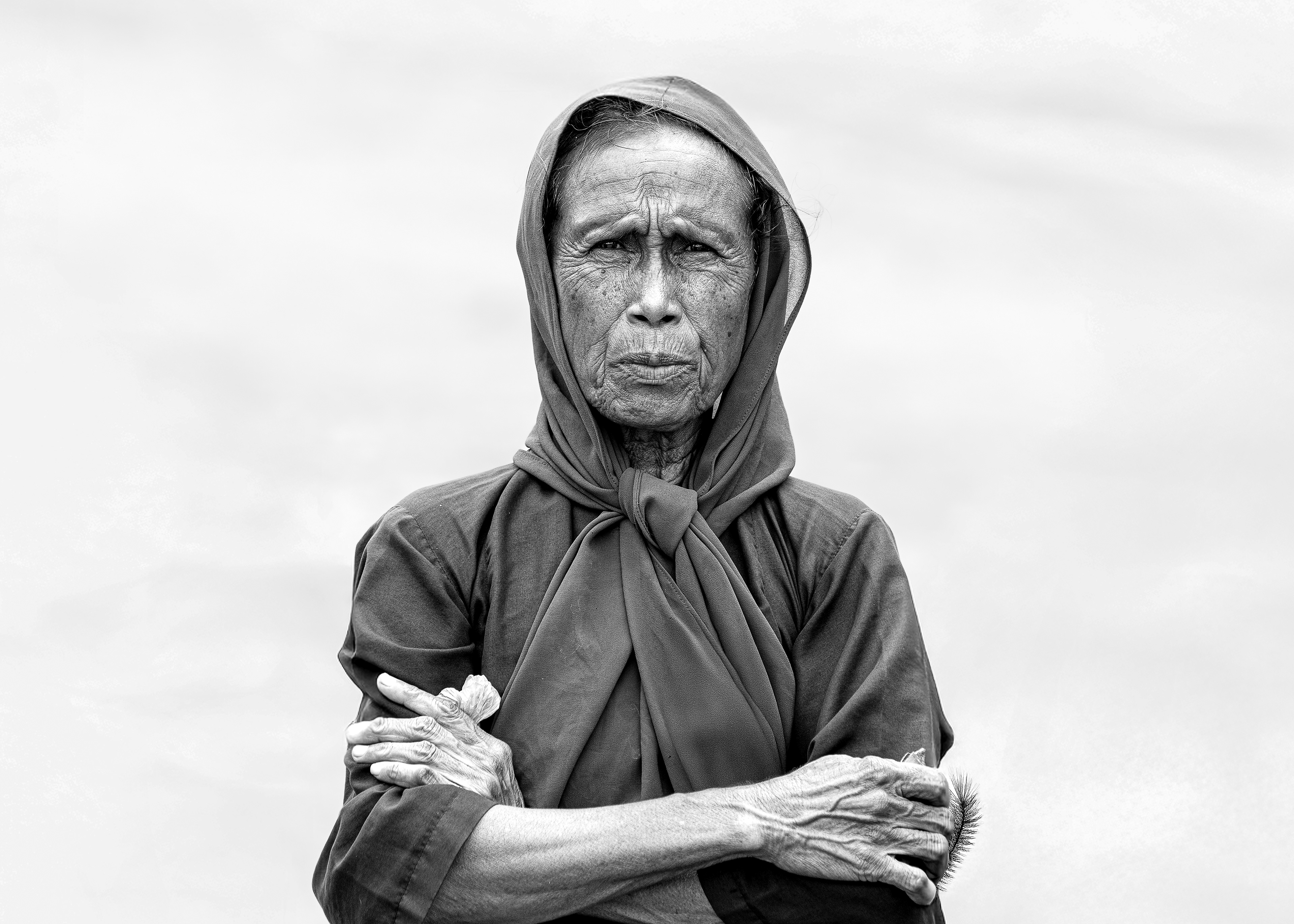
A female farmer gazes at me as I document her farm. Her eyes reflect the determination that defines her life as a farmer.

During summer or after harvesting the rice, farmers release their cows to graze on the grass.

Once a beautiful lake, now transformed into a space where cows wander freely.

To escape the heat, this Atoni person chooses to walk through the water stream.

A young woman with a degree in business finds herself repeatedly rejected from job opportunities, because of her differing political views. Despite her skills and education, her beliefs become a silent barrier, with interviews ending in subtle dismissals. Her story is one of quiet resilience, where integrity clashes with societal expectations, forcing her to choose between conforming or staying true to herself.
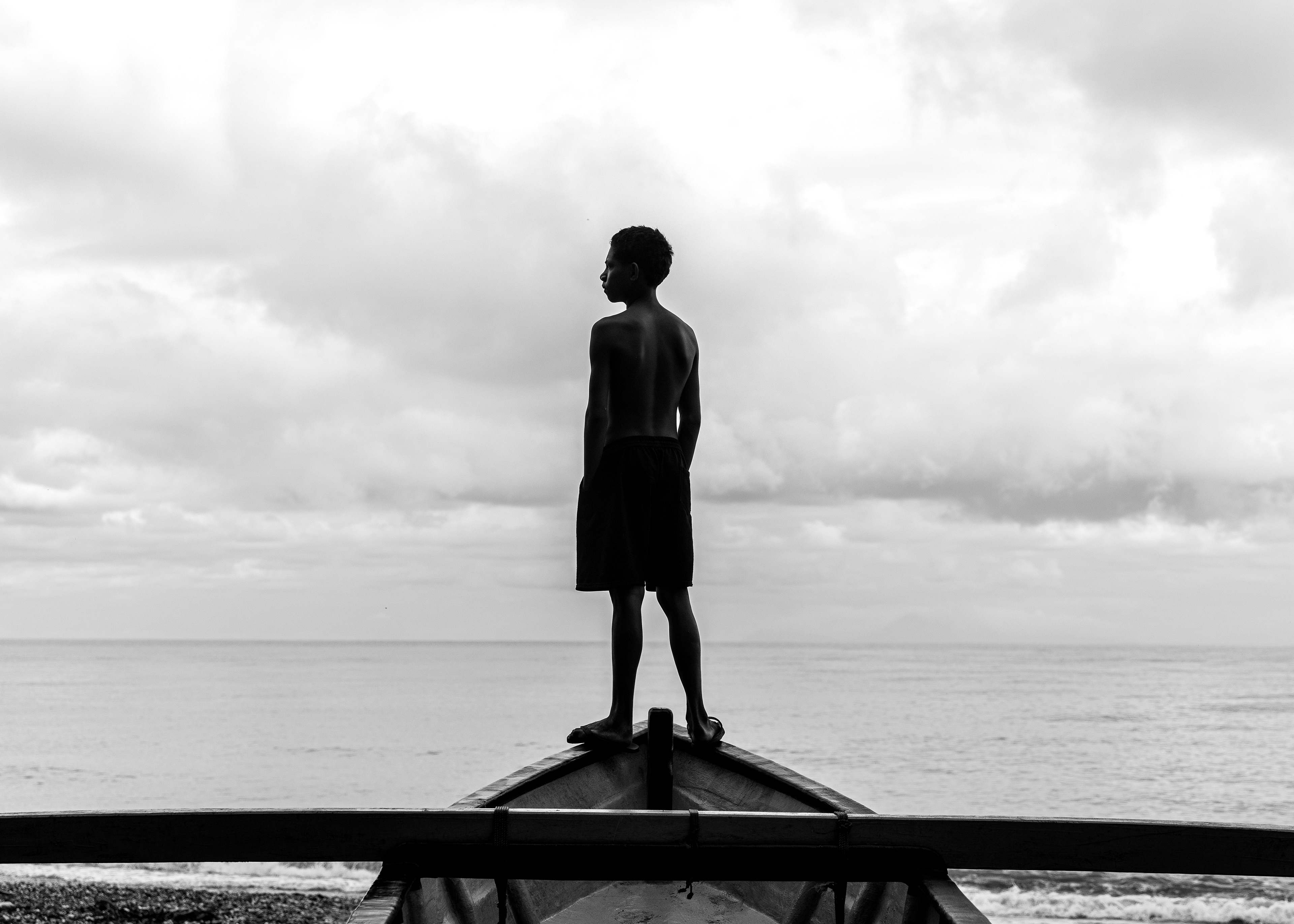
In this striking photograph, a young boy stands atop a “Bero” (traditional fishing boat) in Sumlili, his keen eyes scanning the horizon for signs of fish and changing weather. This simple act is a vital tradition passed down through generations in this coastal village, where fishing is a way of life. Here, the sea is a lifeline, providing daily sustenance for families who rely on their knowledge of the tides, winds and fish behaviour. Everyone in Sumlili knows how to fish; it is not just a skill but a shared heritage. The photograph captures a moment of quiet determination, reflecting a community where the sea’s bounty is a means of survival.
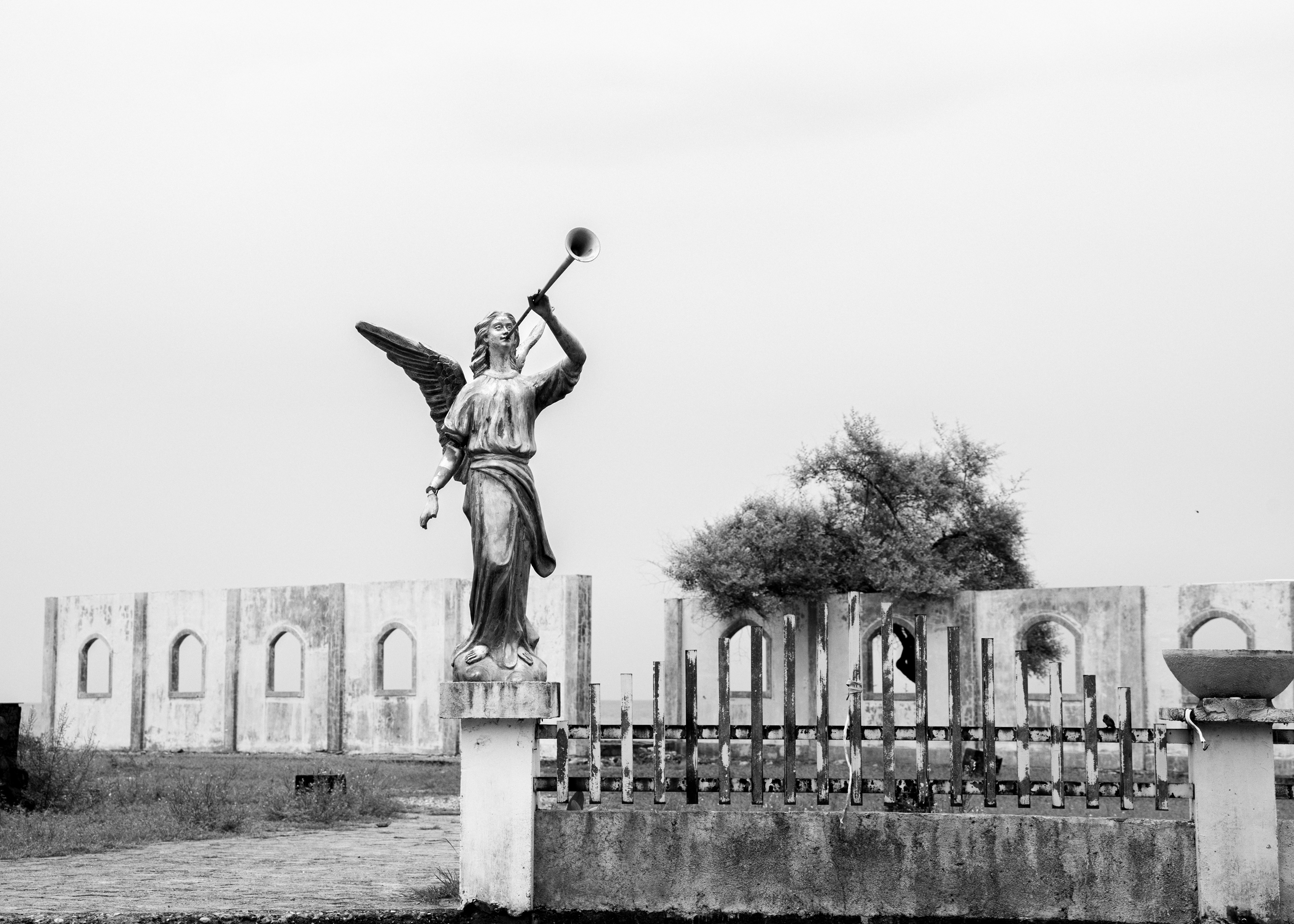
The fragmentation of colonialism is reflected in the statues built during Indonesia's occupation, still standing as symbols of a place once colonised by the Portuguese for four centuries.

Young and older women at the local market are working hard to make a living by selling their produce, which is laid out on the floor using plastic bags. This humble display reflects their resilience and the vital role they play in sustaining their families and the community.
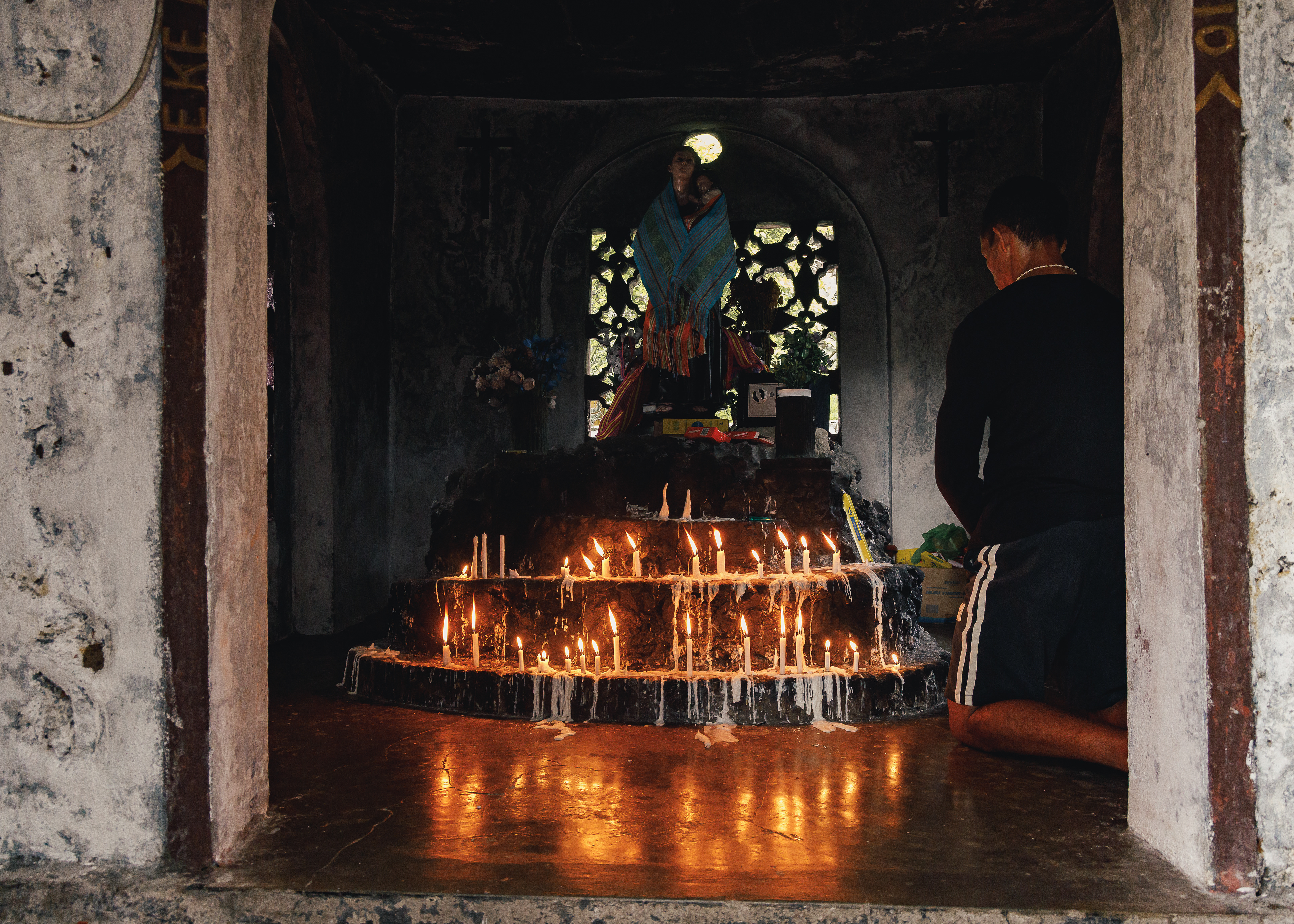
The Shrine of St. Anthony of Padua, a popular site in Oecusse, holds deep significance in the local community's belief system, with devotion to the saint being an integral part of their faith.

In this community, a strong sense of unity thrives, with members coming together to address any issues that arise. One example of their collective effort is redirecting floodwaters from the river to the sea, preventing them from destroying nearby homes.
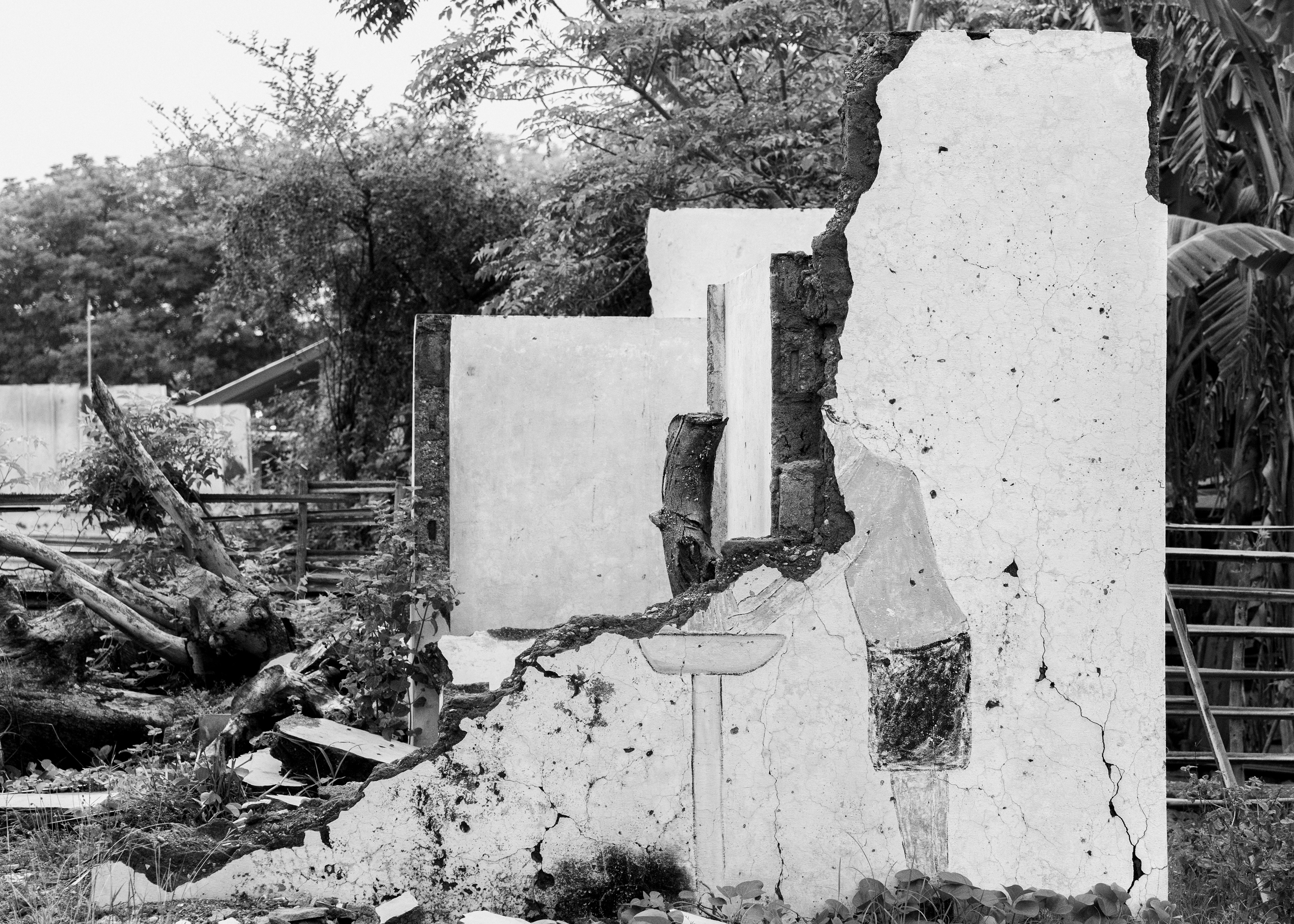
The lack of infrastructure is a common sight in the area, reflecting the struggles of the local economy.

The image of a door missing its handle serves as a poignant metaphor for Oecusse, an exclave isolated from the mainland and surrounded by Indonesian territory. Just as the door is left incomplete, the region faces challenges in its connectivity and security, struggling to fully integrate and function as part of Timor-Leste.
Ema Diak, Rise_Rikii Altamirano
Timor-Leste, a young nation, embodies resilience, cultural richness and unity. Despite centuries of colonisation and conflict, the Timorese spirit has endured, thriving in the face of adversity. Oecusse, an exclave of Timor-Leste, stands as a proud symbol of this resilience. It holds profound historical significance as the birthplace of Portuguese colonialism in Timor and, despite its geographical separation, it has developed a unique identity.
Oecusse’s isolation is both a challenge and a testament to the tenacity of its people. Surrounded entirely by Indonesian territory, this region’s distinct identity is shaped by its physical separation. However, this isolation has also fostered a deep sense of community and resilience, as the Atoni (men and boys) and Bife (women and girls) continue to uphold their cultural heritage, language and traditions.
Despite this enduring strength, Oecusse faces undeniable challenges. Limited infrastructure, economic hardship and restricted access to resources are shaped by the region’s historical and geopolitical context. These struggles are not due to the community’s lack of ability but rather the long lasting effects of colonialism and the physical barriers separating Oecusse from the rest of Timor-Leste.
As a Timorese, I am compelled to share this story as a narrative of defiance, dignity and hope. Ema Diak, Rise is a visual exploration of place and space, revealing the complexities of life in Oecusse. Through the lens of my photography, I explore how the community’s relationship with their environment shapes their identity and cultural values. The physical landscape of Oecusse, along with its isolation, underscores the strength of its people, rooted in tradition yet constantly evolving.
This visual exploration of place and space aims to highlight the deep connection between the people of Oecusse and their land, illustrating how cultural identity is shaped by both physical and social environments. Through my images, I also seek to amplify stories of resilience and empowerment, challenging perceptions of isolation and encouraging dialogue around the importance of cultural unity and the people.
This project is a tribute to the people of Oecusse, their strength, resilience and connection to their identity. It seeks to raise awareness of the region’s challenges while celebrating its actions and contributions to the broader narrative of Timor-Leste. Ema Diak, Rise is both a call for recognition and a challenge to the perception of Oecusse as merely a remote and isolated place, inviting reflection on borders, belonging and cultural unity.
